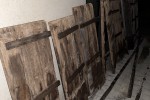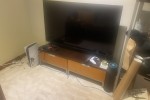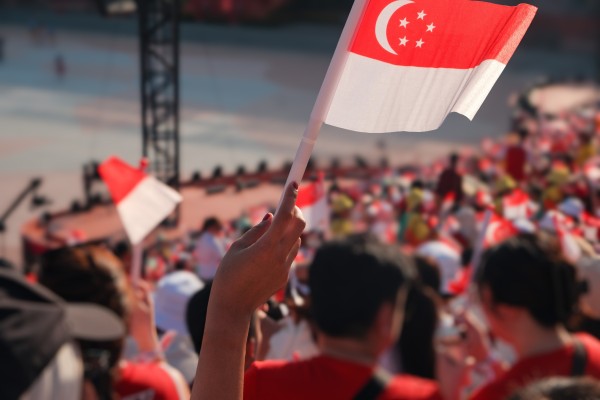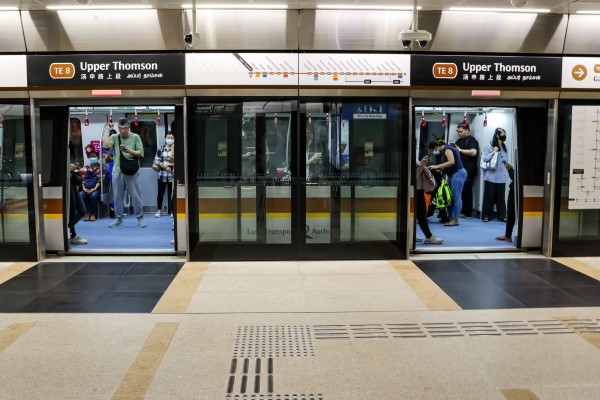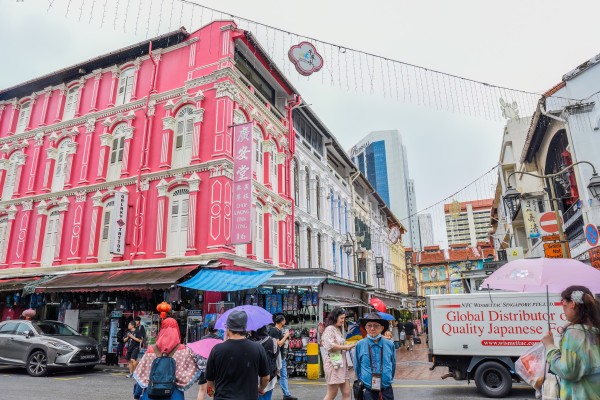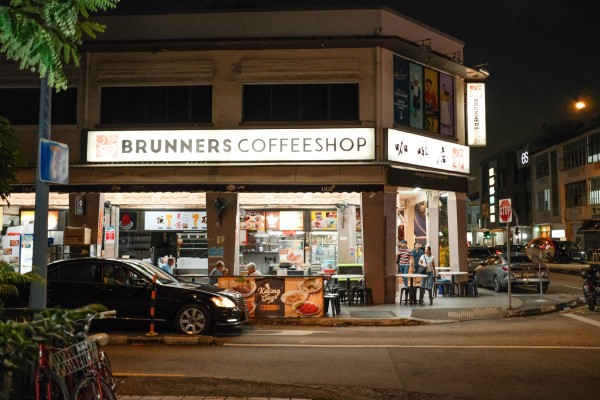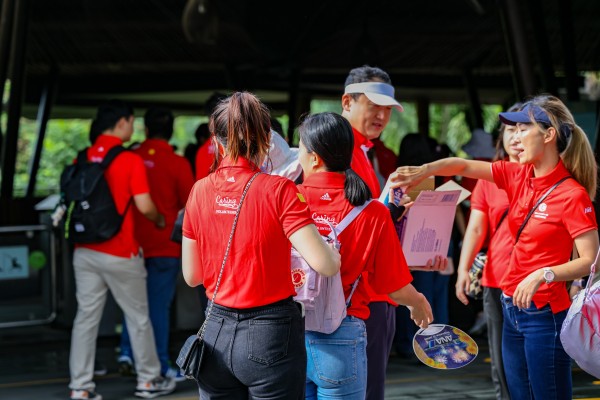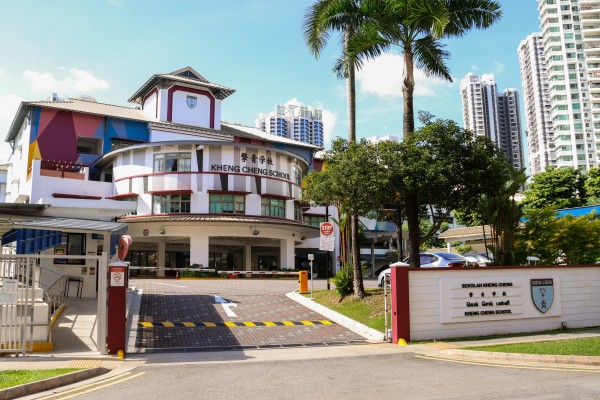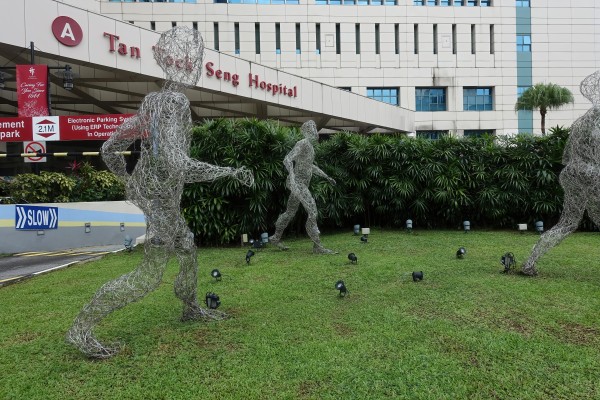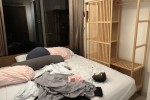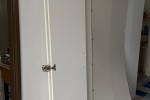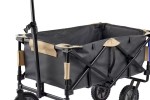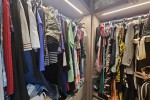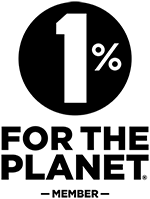Navigating Singapore: A Newcomer’s Guide to Local Traditions and Heritage

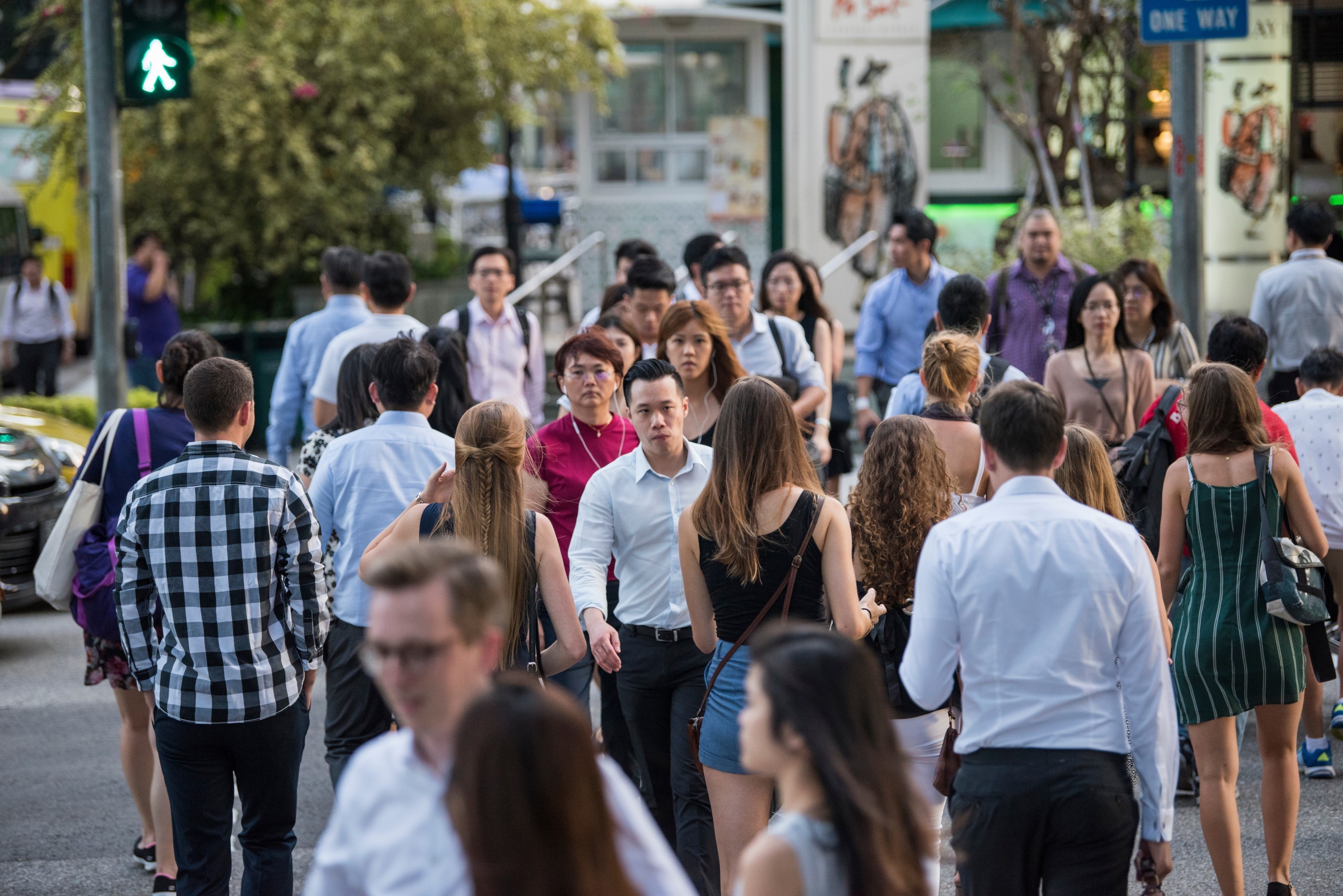
So you’ve read our practical guides on how to behave in Singapore, how to get around our sunny island by car or by public transport, and the lowdown on medical care here as an expat. You also know about our cultural symbols, our public holidays, and also our ethnic festivals.
Now it’s time to learn more about our local traditions and heritage–and how you can best enjoy these unique facets of Singapore’s society that you will not be able to find anywhere else in the world, guaranteed.
Why’s that, you might ask?
The answer lies somewhere between the cosy HDB heartlands and the bustling cosmopolitan city, influenced strongly by Singapore’s loud and proud multiculturalism that permeates every aspect of what it is like to live in Singapore.
A short introduction to Singapore’s history
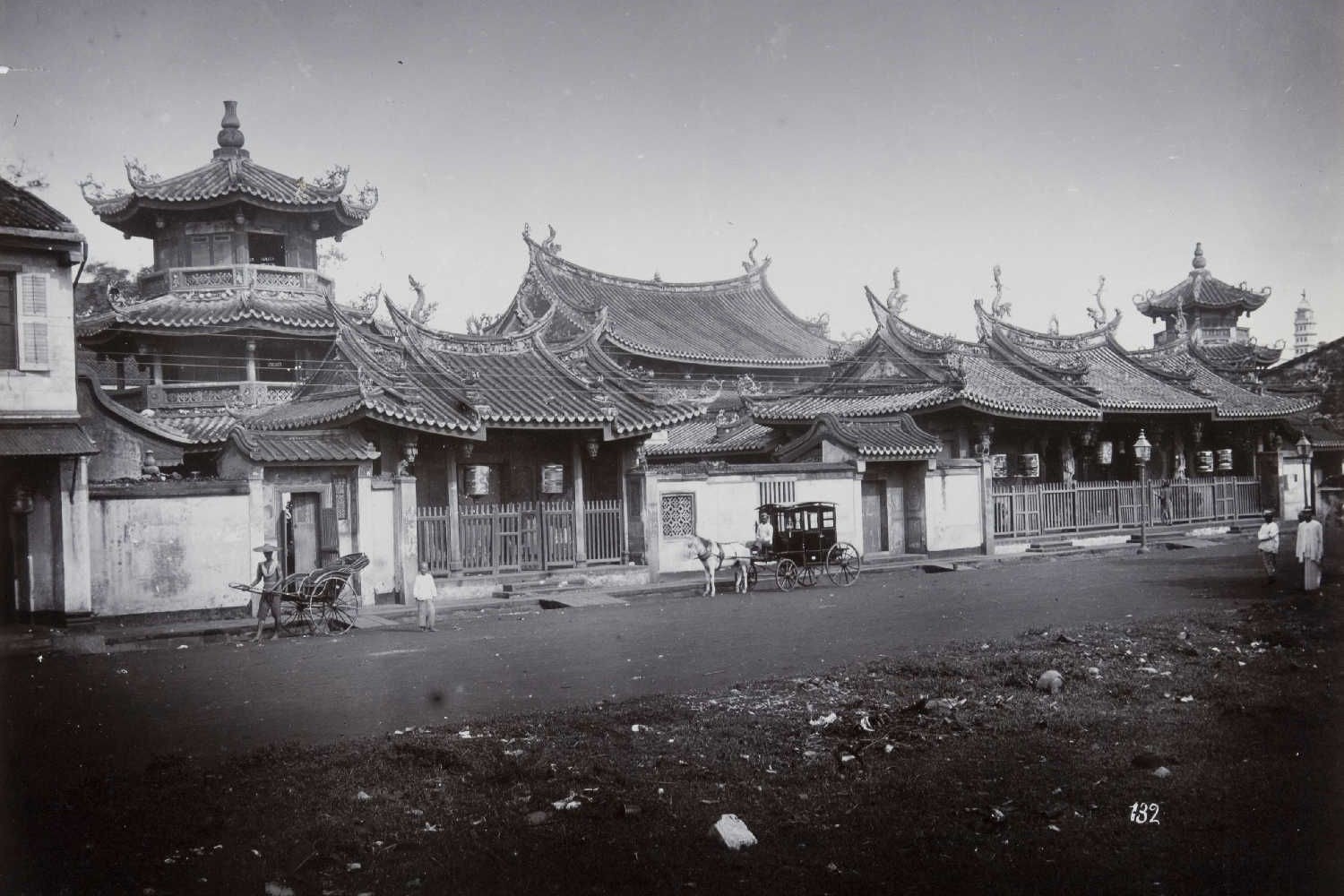
Contrary to popular narratives of Singapore’s past, Singapore was hardly ever a sleepy, backwater fishing village. While the island-dwellers certainly partook in fishing, they were known to be fierce sea nomads (we know them now as “Orang Laut”) who were expert fishermen, skillful with their daggers, and resourceful traders.
Singapore, for as long as records stretch back, has always been a trading location, thanks to her location at the southernmost tip of Malaya. First, as an indigenous trading post within the region, and later as an international trading hub exporting goods in and out of the region.
There were lots of maritime activity in the waters of Singapore as early as the 14th century, as navigators recognised the tiny port city as a key access point between the key trading routes along the South China Sea and the Indian Ocean, linking China and India with the rest of Southeast Asia.
As a result of this, pirates roamed the Singapore seas to plunder and pillage any unsuspecting trading ships that came their way. According to a Chinese trader named Wang Dayuan, pirates particularly loved to hide at a narrow passageway located between Labrador Point and Sentosa island, which was named “Long Ya Men” (which means “Dragon Tooth Gate” in Mandarin).
17th century Flemish gem trader Jacques de Coutre recounted in his autobiography of his time in Southeast Asia that Singapore’s port, as one of the best ports in the East Indies of the time, also had homes and boarding for merchants, slaves, and seamen who called on the city.
As a natural result of its history as a buzzing port for centuries, SIngapore has long been a converging point for people from all over the world to meet, do business, and live together in multi-cultural harmony.
Singapore’s ethnic communities

Today, Singapore’s society is an extremely multicultural one, comprising people of different ethnicities, nationalities, and religious groups. Four main ethnic groups make up Singapore’s population today: Chinese, Malay, Indian, and Eurasian.
If you want to really get to know Singapore’s local traditions, you must first take a trip down memory lane to understand each ethnic group’s origins and how that has led to the unique facets of culture today.
Let’s have a closer look at each group!
Chinese
The Chinese are the largest ethnic majority in Singapore, making up 45% of the population as of 2023. Most of the Chinese people in Singapore have ancestors who hailed from the southern cities of Fujian, Guangdong or Hainan, from the Hokkien, Teochew, Cantonese, Hakka, Henghua, and Foochow dialect groups.
This first wave of immigration happened shortly after Singapore was established as a British settlement in 1819, with many Chinese men coming to Singapore as manual labourers to eke out a better future for themselves.
Chinese traders and merchants also came to Singapore from around the region, from port cities like Manila, Penang, and Manila.
Today, Singapore’s Chinese population also comprises newly arrived immigrants from all over China, including major cities like Shanghai and Beijing, and smaller rural towns like Shandong and Zhejiang.
Malay
Making up 13.5% of Singapore’s population today, the Malays are Singapore’s second largest ethnic group.
As the majority population when the British first arrived in Singapore in 1819, the Malays are also recognised as the indigenous people of Singapore–a status which, in Singapore’s Constitution, grants them special protection and safeguarding of the culture, language and social interests even today.
The first Malay settlements in Singapore are generally considered to be that of the Orang Laut, the seafaring and nomadic people who lived around Singapore and the neighbouring islands of Malaya and Indonesia.
Other groups of Malays from Peninsular Malaya, the Malay Archipelago, Borneo, and the Indonesian islands of Java, Sulawesi, Bawean Island, and Western Sumatra make up the Malay community in Singapore today. Each of these populations have their own dialects, but the variety of the Malay language spoken in Singapore and recognised as our ceremonial national language is “Bahasa Melayu”.
Indian
Approximately 9% of the Singapore population are of Indian and South Asian descent, making them the third largest ethnic group in Singapore. Much like the Chinese and Malays, Indians in Singapore are not a homogenous community, and comprise people of Indian, Pakistani, Bangladeshi, or Sri Lankan origin.
Drawn by the prospect of a better life, many Indian men came to Singapore shortly after Singapore became a British colony–to work, serve as soldiers, or to complete prison sentences.
The Indian community in Singapore in colonial times was stratified and largely aligned with their ethnic origins. For instance, Sindhis, Gujaratis, and Tamil Muslims tended to be merchants; Sri Lankan Tamils and Malayalees formed most of the English-educated upper middle class; South Indian upper caste Hindus tended to be moneylenders or priests; Sikhs were often policemen or security guards; and poor Tamil peasants were most frequently unskilled coolies and manual labourers.
Today, Singaporean Indians have a unique identity, celebrating their diverse origins while banding together as second, third, fourth, or even fifth generation Indians born here in Singapore.
Eurasian
A very unique and diverse community made up of people of mixed European and Asian heritage, the Eurasians in Singapore are the smallest ethnic group, making up about 18,000 or 1% of our population.
Most of the Eurasians in Singapore can trace their European roots back to Portugal, Holland, Britain, Denmark, France, Germany or Spain. Some examples of Eurasian surnames you will see in Singapore include de Cruz, de Souza, Gomez, Monteiro, Pereira, Danker, Phipps, Campbell, Snodgrass, Shepherdson, Fernandez, Lopez, Neubronner, and Marini.
A reflection of their ethnic heritage, Eurasian culture is often a blend of European and Asian practices. One such aspect of Eurasian culture, particularly among the Portuguese Eurasians, is the Portuguese-based Creole language known as Kristang, which has a largely Portuguese vocabulary but borrows heavily from Chinese, Indian, and Malay vocabulary as well due to its geographical influences. Less than 100 people still speak the language today.
How to best enjoy Singapore’s tradition and heritage
Every ethnic group has its distinguishing characteristics, but they all can be enjoyed and appreciated through these four main aspects: food, holidays and festivals, language, and heritage and cultural sites.
We show you how you can best savoured below:
1. Food
It is a veritable food paradise here in Singapore, and it’s honestly one of the top ways to savour Singapore’s local traditions and heritage. After all, food is a huge part of cultural identity–particularly Singapore’s.
In Singapore, food plays such a crucial role that people often greet each other with the phrase, “Have you eaten yet?” in various languages. Food is life in Singapore, and a wonderful glimpse into our rich heritage.
In fact, food is one of the strongest glues that holds Singapore’s multicultural society together. It can be safely said that Singaporeans are united by their common love for food (which has been declared to be Singaporeans’ favourite national past-time on more than one occasion!)
The best way to enjoy food in Singapore is at our hawker centres and markets. Vibrant and diverse, the hawker centres and markets offer an authentic spread of food from all our major ethnicities; from all sorts of Chinese rice and noodles, to Malay nasi lemak and satay, to Indian roti prata and curry.
And while Eurasian fare is the most challenging to find outside of the home kitchens of generations of Eurasian matriarchs, you can still tuck into popular dishes like curry debal and sugee cake at Quentin’s Eurasian Restaurant or at hawker stalls like Harry’s Eurasian Pies.
Peranakan cuisine is also a must-try if you want to really get to the heart of Singapore’s food heritage–born out from the unions of Straits Chinese and the Malays, Peranakan culture is a wonderful, complex blend of the two. Must-try dishes are ayam buah keluak and their very many delectable kuehs.
2. Holidays and festivals
They say that if you want to really get into the spirit of a country’s heritage, a good place to start would be at their festivals.
Well, you’re in luck! Singapore celebrates the major festivals and celebrations of each of the four major ethnic and religious groups with a well-timed Public Holiday, so you can immerse yourself into the celebrations and dig deeper into the traditions and meanings behind the day.
The Chinese celebrate Chinese New Year; the Malays celebrate Hari Raya Haji and Puasa; the Indians celebrate Deepavali; and the Eurasians celebrate Good Friday and Christmas.
There’s lots happening around the festival periods, for you to partake in and soak up the traditions and history of each significant event.
Head to Chinatown in the lead-up to Chinese New Year to really get into the prosperous spirit of the new year; stroll down Geylang Serai in the weeks before Hari Raya Puasa and Hari Raya Haji to soak up amazing night bazaar vibes, and visit Little India before Deepavali for the beautiful light-up and exciting festival activities.
It’s great fun for everyone, whether you’re heading to those hotspots with friends or family!
3. Language
If you have the time, learning one of our official languages (Mandarin, Malay, or Tamil) is a really awesome way to learn about our local traditions and heritage.
Language is built on centuries of history, and is intertwined with all the ins-and-outs of a culture and society. Learning its rules and how it used clues us into the rules and expectations of a culture too.
Interested to learn Mandarin, Malay or Tamil? Click HERE for a list of language schools in Singapore you can check out while you’re living here!
Understanding Singlish is also a very good place to start, because Singlish is colloquial Singapore English, a unique hodgepodge of our four official languages that borrows vocabulary and syntax from each language to make up a unique language that unites Singaporeans across ethnicity, age, and gender.
4. Heritage and cultural sites
If you want an overview of Singapore’s history, heritage and culture, the National Museum of Singapore, Singapore Art Museum, and National Gallery of Singapore are very good places to start.
However, soaking in Singapore’s local traditions and heritage would not be complete without a visit to each culture’s significant museums, sites, and historical buildings. Each ethnic group has its cultural bastion here, and they’re definitely worth repeat visits.
Here are some cultural spots for you to hit up with your friends and family this weekend!
Chinese:
Malay:
Indian:
Eurasians:
Peranakan:
Our public libraries are also a fantastic way to browse literature of each of the various ethnic groups. Check out the niche library@chinatown to immerse yourself into Chinese arts and culture, Bedok Public Library for the largest Malay literature collection in Singapore, and the special Tamil Cholai section at Woodlands Regional Library.
What do our customers say?

